The bond between humans and their feline friends is often profound and enriching. But what happens when a cherished human companion is no longer around? Do our furry friends feel the pain of loss as we do, or is it a concept beyond their understanding? This question has intrigued pet owners and researchers alike, unraveling a web of surprising and touching insights into the emotional world of cats. Let’s explore the complex layers of feline grief and how it manifests in their behavior.
The Emotional Depth of Cats
Cats are often perceived as aloof and independent, but this stereotype doesn’t capture their true emotional depth. Just like dogs, cats form strong attachments to their human companions. They may not wag their tails or jump with joy, but their subtle signs of affection speak volumes. When a human companion is lost, these attachments are disrupted, leading to a range of emotional responses. Cats may experience feelings of confusion, sadness, and even anxiety, much like humans do.
Understanding Feline Attachment
The relationship between a cat and its human is built on trust and routine. Cats are creatures of habit, and they find comfort in the predictability of their daily interactions. The loss of a human companion disrupts this routine, often leaving cats feeling insecure and disoriented. This attachment isn’t just about feeding or playtime; it’s a deep emotional bond that can lead to genuine grief when broken.
Signs of Grieving in Cats
Cats may not shed tears, but they have their own ways of expressing grief. Changes in behavior are common indicators of a cat mourning a lost human companion. They might become withdrawn, lose interest in their favorite activities, or show a lack of appetite. Increased vocalization or excessive sleeping can also be signs of distress. These behaviors are their way of coping with the emotional turmoil that comes with loss.
The Role of Scent and Memory
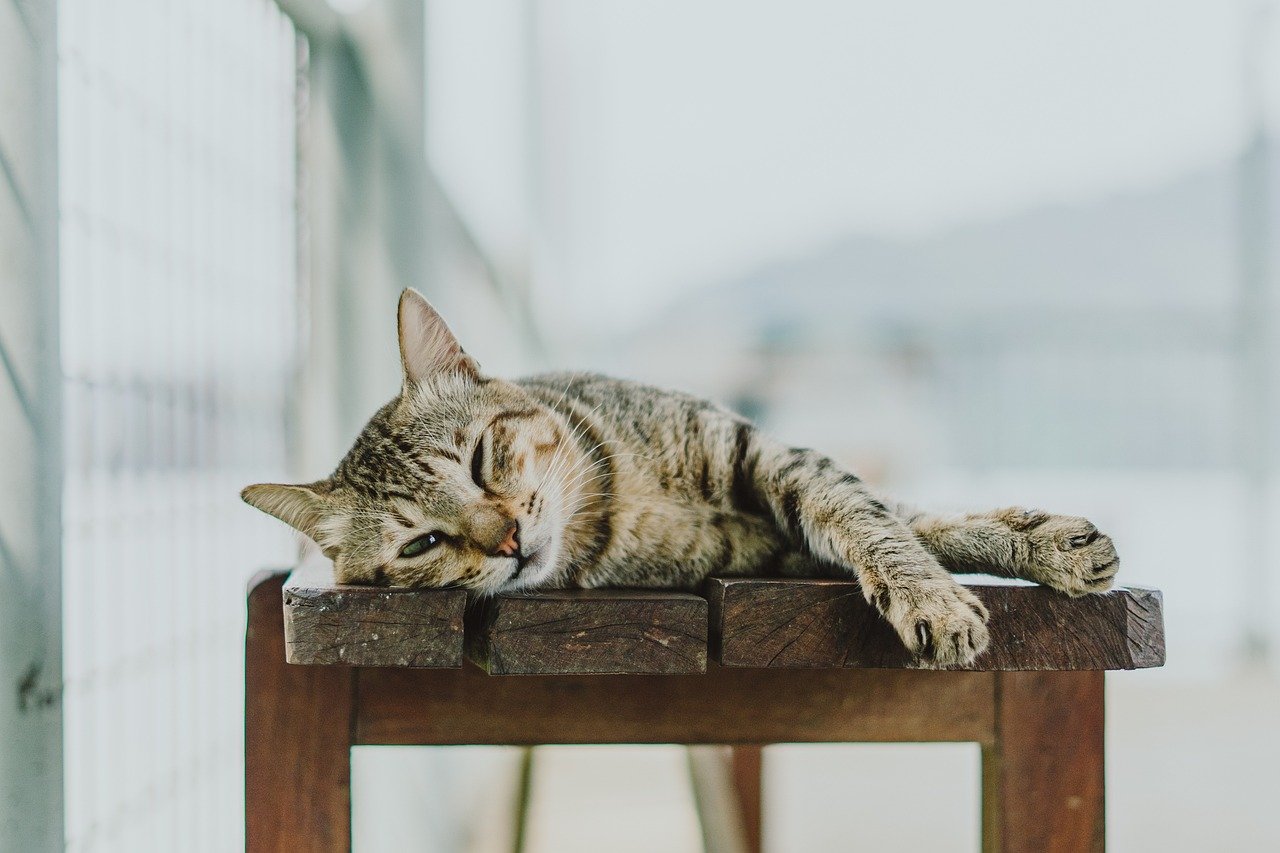
Cats have an extraordinary sense of smell, and they often associate scents with their human companions. The familiar scent of a loved one provides comfort and security. When a human companion is gone, the lingering scent may evoke memories, triggering feelings of longing and sadness. This connection between scent and memory plays a significant role in how cats process grief.
The Impact of Environment
The environment a cat lives in can greatly influence its grieving process. A stable and familiar environment provides a sense of security, helping cats cope with the absence of a loved one. However, changes in the household, such as moving or rearranging furniture, can exacerbate feelings of loss. Maintaining a consistent environment can aid in easing a cat’s transition through grief.
Comforting a Grieving Cat
Helping a cat through the grieving process requires patience and understanding. Providing extra attention and affection can reassure a grieving cat that they are not alone. Engaging in interactive play or offering new toys can stimulate their interest and distract from their sadness. Creating a comforting routine can also help them regain a sense of normalcy and security.
The Role of Other Pets
If there are other pets in the household, they can play a crucial role in a grieving cat’s healing process. The presence of familiar animal companions can provide comfort and companionship. Observing interactions between pets can also offer insights into their emotional state. Pets often console each other in subtle ways, providing mutual support during times of loss.
Professional Help for Grieving Cats
In some cases, a grieving cat may benefit from professional intervention. Veterinarians or animal behaviorists can offer guidance and support, especially if the cat’s behavior becomes concerning. They can help identify underlying issues and suggest strategies to alleviate stress and anxiety. Seeking professional help ensures that a grieving cat receives the care and attention it needs.
Understanding Time and Grief
Grieving is a deeply personal experience, and cats, like humans, may take varying amounts of time to heal. Some cats may show signs of improvement within a few weeks, while others may take months to adjust. It’s important to respect their individual pace and avoid rushing the process. Providing a supportive and understanding environment can aid in their gradual recovery.
Creating a Memorial for the Lost Companion

Honoring the memory of a lost human companion can be a healing experience for both cats and their owners. Creating a small memorial, such as a photo or a special place in the home, can serve as a comforting reminder. This gesture acknowledges the bond that was shared and helps both the cat and the owner navigate the grieving process together.
The Power of Routine
Establishing a new routine can help a grieving cat regain a sense of stability. Regular feeding times, play sessions, and quiet moments of companionship can provide a comforting framework. Consistency in daily activities reassures the cat that life goes on, even in the absence of their beloved human companion.
The Healing Touch of Time
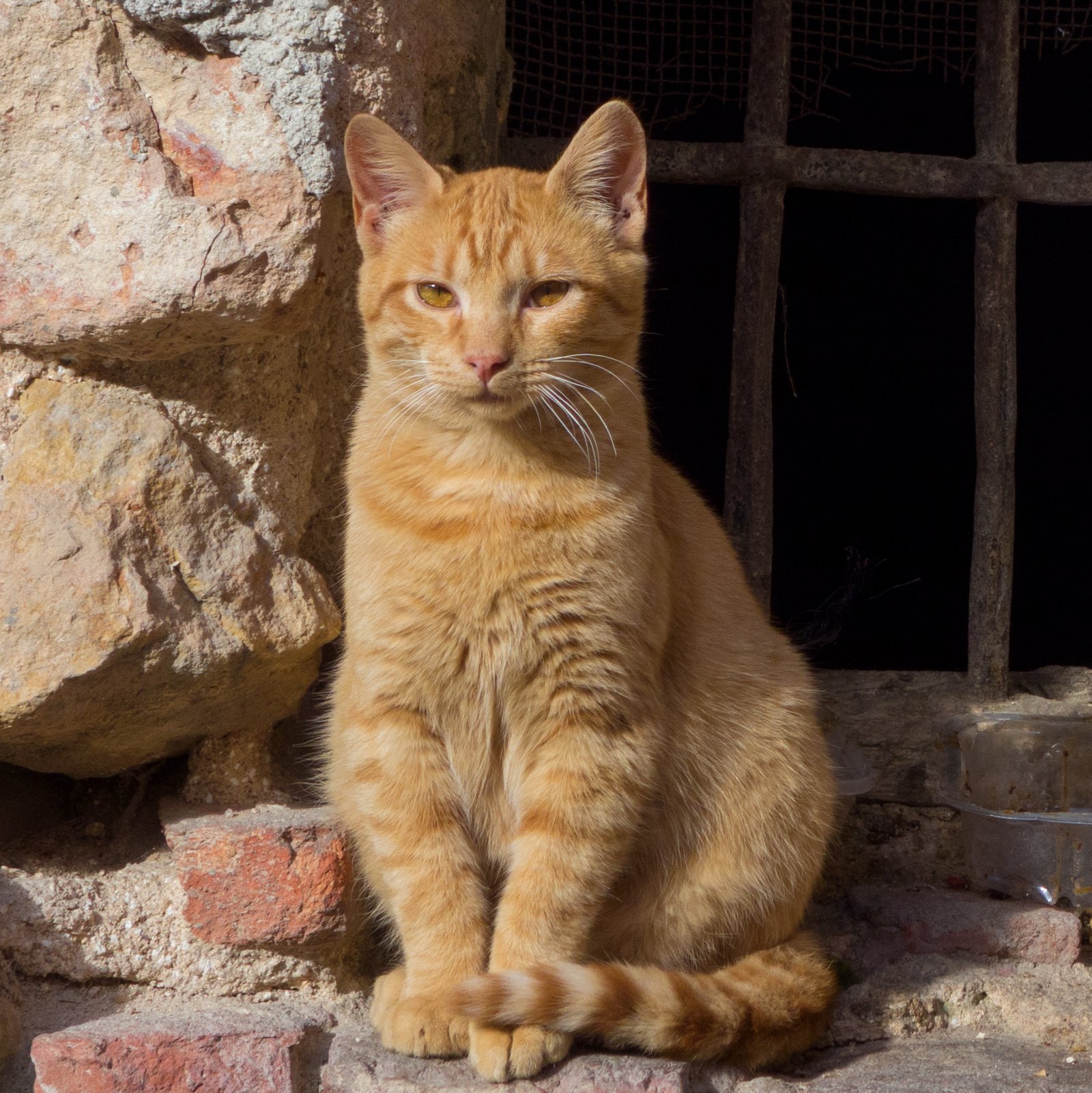
Time is often the greatest healer, and this holds true for cats as well. As days turn into weeks, the intensity of grief may gradually diminish. Cats begin to adapt to their new reality, finding comfort in familiar routines and the presence of caring companions. While the memory of their lost human remains, time allows the emotional wounds to heal.
The Importance of Observation

Observing a grieving cat’s behavior can provide valuable insights into their emotional state. Paying attention to changes in appetite, energy levels, and social interactions helps identify areas of concern. This observation allows for timely interventions and ensures that the cat receives the necessary care and support during their grieving process.
The Role of Human Companionship
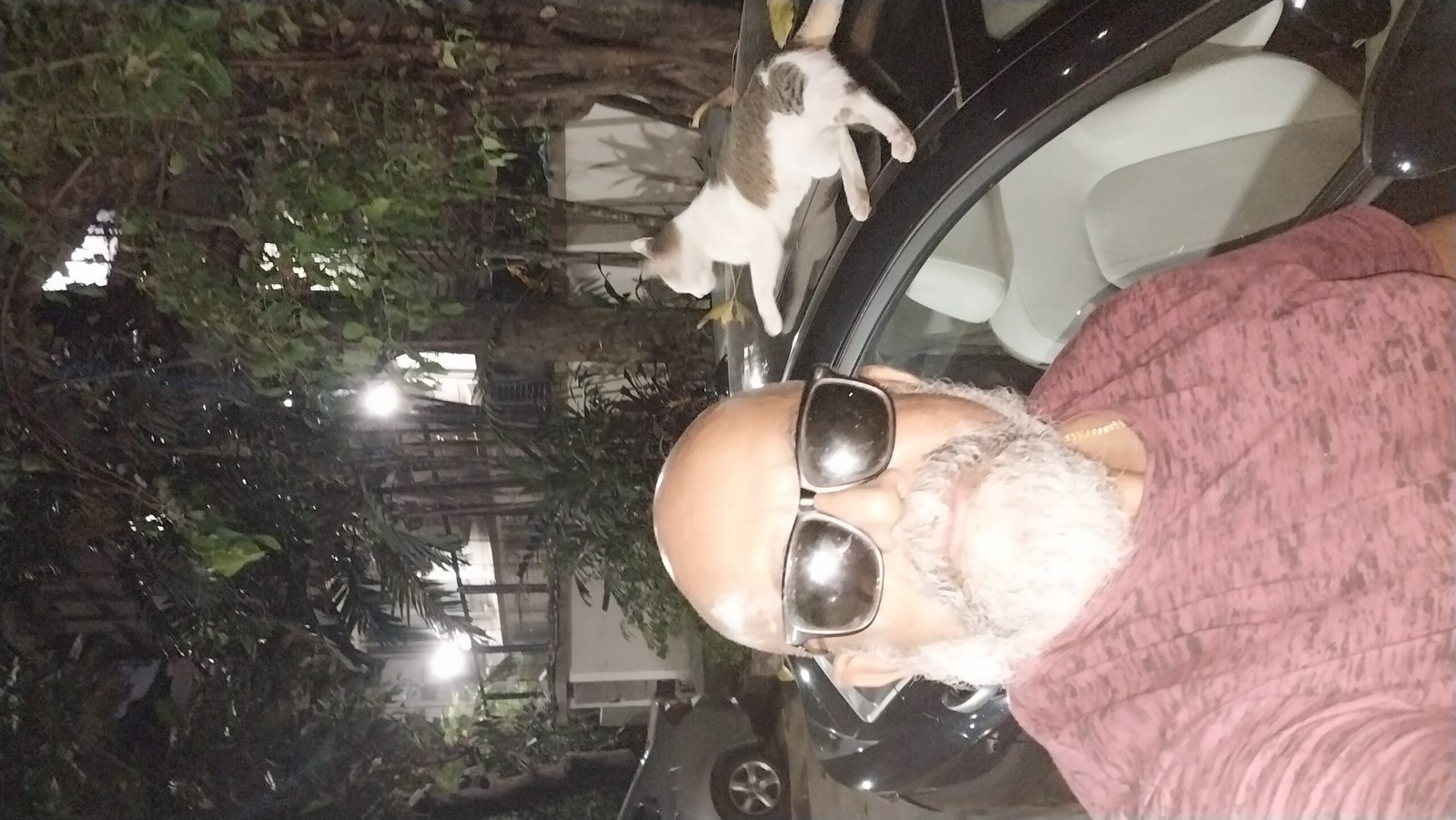
As a cat owner, your presence and empathy play a crucial role in helping your furry friend through their grief. Spending quality time together, offering gentle reassurance, and providing a safe space for expression are essential. Your understanding and patience create a nurturing environment that aids in the healing journey.
The Connection Between Grief and Health
The emotional impact of grief can manifest in physical ways, affecting a cat’s overall health. Stress and anxiety may lead to changes in appetite, digestive issues, or weakened immunity. Being attentive to these health aspects ensures that a grieving cat receives the appropriate care and support to maintain their well-being.
Recognizing the Signs of Recovery
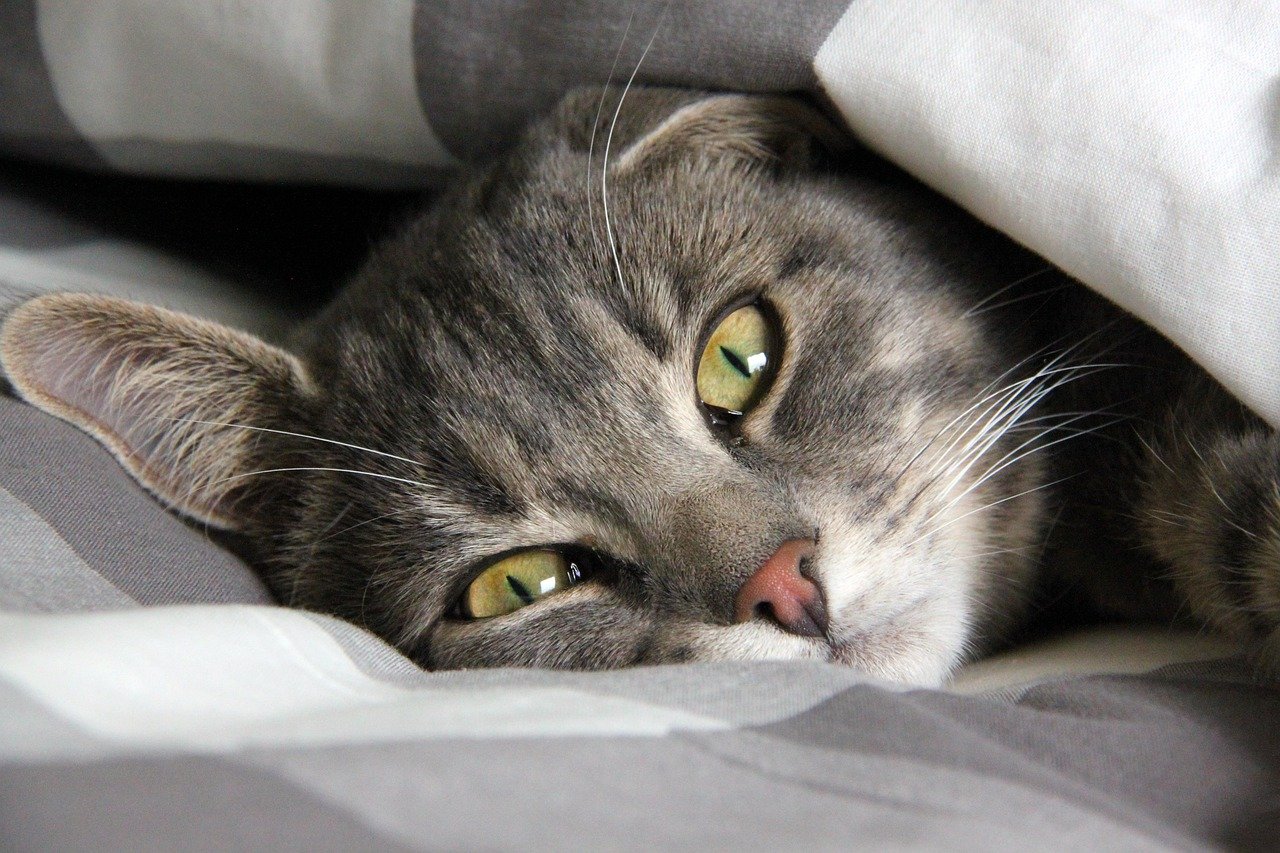
As time progresses, signs of recovery may become evident. A grieving cat might gradually regain their appetite, show interest in play, or seek social interactions. These positive changes indicate that the healing process is underway. Celebrating these small victories reinforces the bond between you and your feline companion.
The Legacy of Love
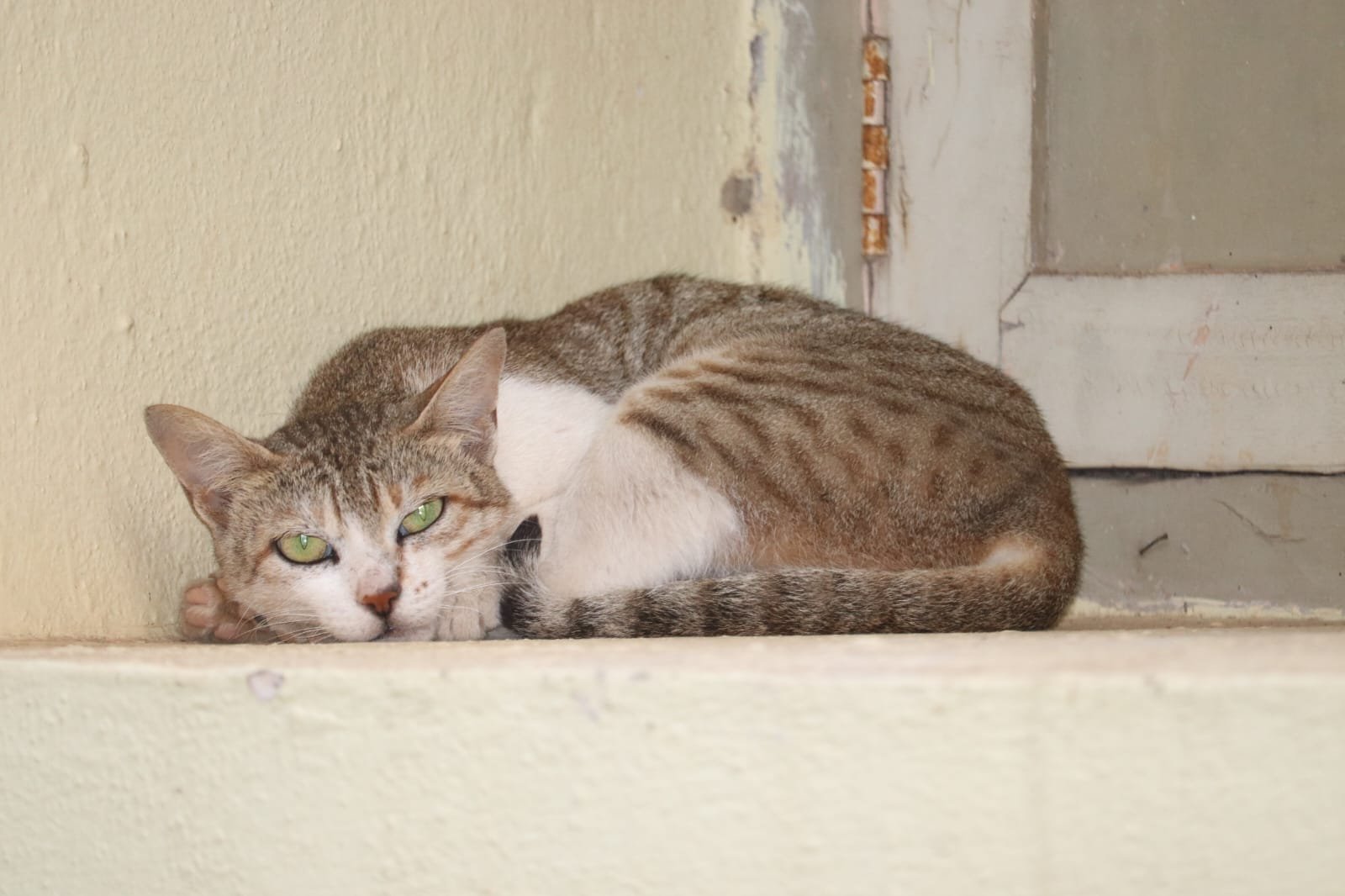
The love shared between a cat and their human companion leaves a lasting legacy. Memories of shared moments and the joy of companionship endure, even after a loved one is gone. This legacy of love provides comfort and strength, reminding us of the profound connections that enrich our lives.
The Journey of Healing
Grieving is a journey, and each cat embarks on it in their own unique way. The process may be challenging, but it is also an opportunity for growth and resilience. As a cat owner, your support and understanding guide your furry friend through this journey, helping them find their way back to joy and contentment.
Honoring the Bond
In the end, the bond between a cat and their human companion is a testament to the power of love and connection. Honoring this bond means cherishing the memories, embracing the healing process, and celebrating the moments of joy that were shared. Through love and compassion, the journey of grief becomes a path to healing and renewal.
What do you think? Can cats truly grieve the loss of a human companion?
Hi, I’m Bola, a passionate writer and creative strategist with a knack for crafting compelling content that educates, inspires, and connects. Over the years, I’ve honed my skills across various writing fields, including content creation, copywriting, online course development, and video scriptwriting.
When I’m not at my desk, you’ll find me exploring new ideas, reading books, or brainstorming creative ways to solve challenges. I believe that words have the power to transform, and I’m here to help you leverage that power for success.
Thanks for stopping by, Keep coming to this website to checkout new articles form me. You’d always love it!






